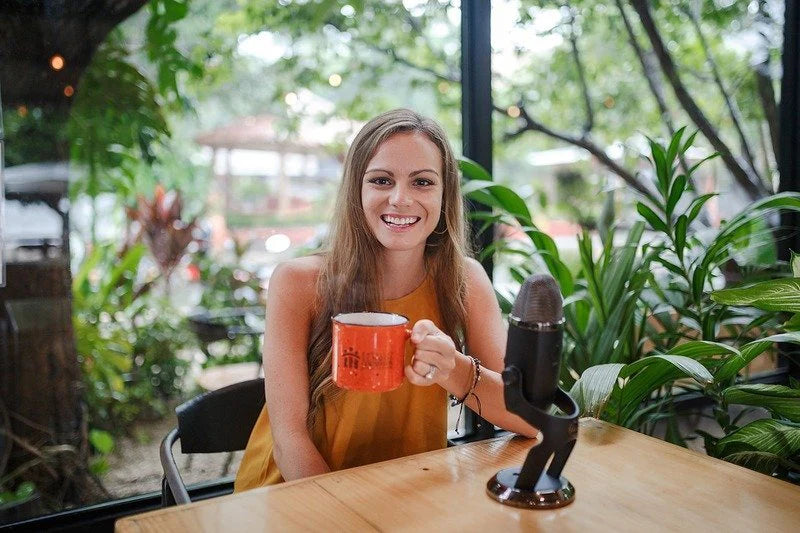5 Simple yet Fun Games to Teach Personal Space in Elementary School
By: Neeti Sarkar
I'm not sure how it is for you but in my school, we have new admissions around the year. This means that there are some must-have Tier 1 lessons I facilitate in Semester 1 that I have to repeat or extend in Semester 2 as a refresher for the existing students and as an introductory lesson for the newbies - the one on personal space and body safety being among them.
I'm sure we each have our traditionally fun ways of teaching this topic, with hula hoops and life-size portraits, but here are some other interesting and low/no prep activities and games that will get the kids moving, learning, and practicing personal space.
This is among my favorite games and I chanced upon it just after we returned to school from lockdown. Sure, everyone was masked up (most of the time) and maintained some sort of social distance from each other (but there's only so much you can expect of young children). Therefore, this was a great time and way to extend students' thinking regarding personal space and body safety.
For the uninitiated, Practice the Cactus is a fun counseling game that has been designed to teach students important social skills such as personal space and boundaries. By 'practicing the cactus" students will be able to define personal space and boundaries and will learn examples of appropriate and inappropriate behaviors. The idea behind it is just like a cactus can hurt you if you get too close, standing too close to others can make them feel uncomfortable. The more you practice the cactus with them, the better they get at it, I assure you!
This activity is especially great for modeling and practicing how close or far one should be from another person.
2. Simon Says
I love the versatility of this game. I use this as a provocation before I get into my lesson about personal space. The kids think this is just an icebreaker but as the game progresses from touching their toes and turning around to standing with double arms' distance from each other, and making a tight circle of 12 members (where they are invariably in each other's personal space), by the time we settle down and I ask them how it felt to be squished like that or have people stand so close, students catch on to what we are going to talk about. When I ask them what personal space means, they jump right in to say they had others in their personal space during the game, and this is a great starting point for some explicit teaching on the topic.
3. Red Light, Green Light
In this game, one student is the designated 'stoplight' and stands across the playing area from the students who are at the starting line. The 'stoplight' calls out 'green light', and the other students keep moving forward till the 'spotlight' calls out 'red light' when the students have to freeze. I personalize this game and have students freeze at a certain distance away from each other. Rather than using it at the beginning, I prefer to use this game at the end of my lesson, to help students practice what they've just learned. If you use this game in a small group setting, you may have enough time for all students to get to be the 'spotlight'.
4. Beach Ball Toss
Divide the class into smaller groups and give each group a beach ball. Students are instructed to stand at least an arm's length from each other - this is their personal space bubble. Students will have to toss the ball back and forth between each other without letting it touch the ground or any other body part apart from the hands of the student to whom they are throwing the ball.
5. Follow the Leader
I use this game to check for understanding/as an exit ticket after my lesson on personal space. Essentially, the rules are the same. Students must follow the movements made by the 'leader', all while maintaining personal space though. This is when I perhaps stretch my arms wide or take bigger steps, so students are reminded of what we've just learned. The twist here is that the only time students must not follow the leader is when the leader comes into someone's personal space.
How do you teach personal space and safety to your kiddos? What are some games you use?
About the author: Neeti Sarkar is a Primary School Counselor at an IB school in Bangalore, India. Over the span of almost 10 years, she's worked with students aged 3-18, but enjoys working with the littles the most. Neeti's also a seasoned journalist, so when she isn't making behaviour plans, teaching guidance lessons, and supporting her school community in various other ways, she makes time for her other passion- writing.
SHARE:






